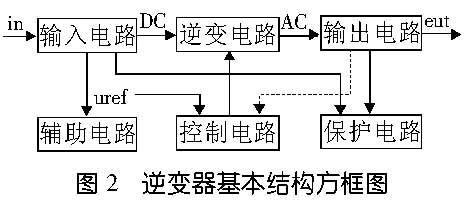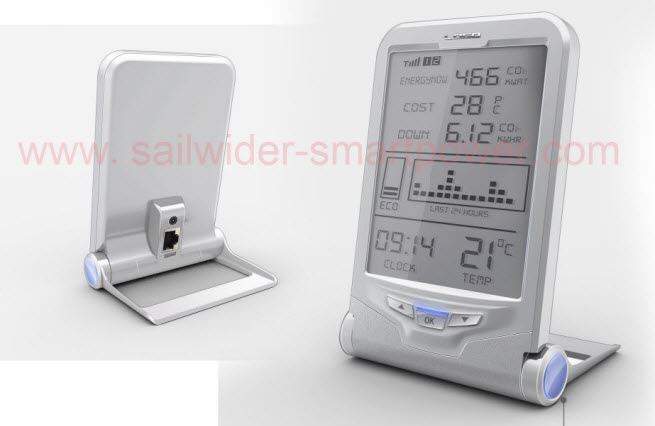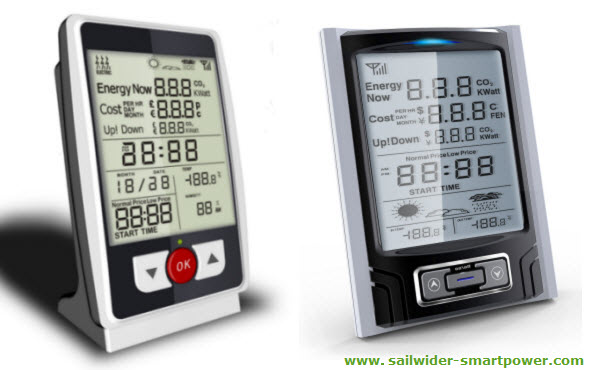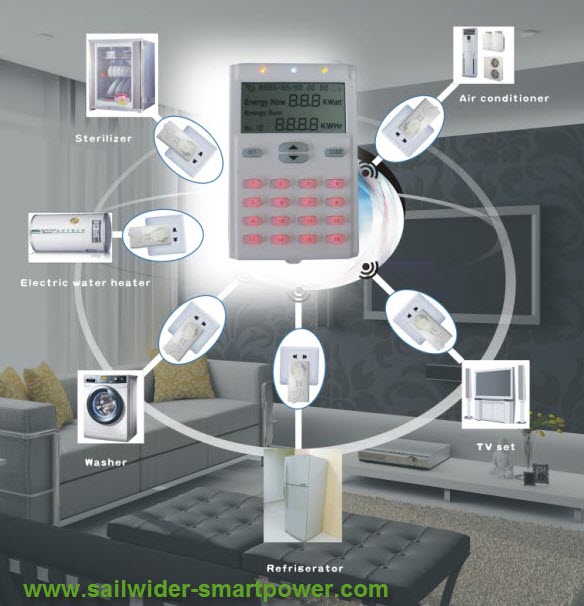|
1.按逆变器输出交流电能的频率分,可分为工频逆变器、中频逆器和高频逆变器。工频逆变器的频率为50~60Hz的逆变器;中频逆变器的频率一般为400Hz到十几kHz;高频逆变器的频率一般为十几kHz到MHz。
2.按逆变器输出的相数分,可分为单相逆变器和三相逆变器。
3.按照逆变器输出电能的去向分,可分为有源逆变器和无源逆变器。凡将逆变器输出的电能向工业电网输送的逆变器,称为有源逆变器;凡将逆变器输出的电能输向某种用电负载的逆变器称为无源逆变器。
4.按逆变器主电路的形式分,可分为单端式逆变器,推挽式逆变器、半桥式逆变器和全桥式逆变器。
5.按逆变器主开关器件的类型分,可分为晶闸管逆变器、晶体管逆变器、场效应逆变器和绝缘栅双极晶体管(IGBT)逆变器等。又可将其归纳为“半控型”逆 变器和“全控制”逆变器两大类。前者,不具备自关断能力,元器件在导通后即失去控制作用,故称之为“半控型”普通晶闸管即属于这一类;后者,则具有自关断 能力,即无器件的导通和关断均可由控制极加以控制,故称之为“全控型”,电力场效应晶体管和绝缘栅双权晶体管(IGBT)等均属于这一类。
6.按直流电源分,可分为电压源型逆变器(VSI)和电流源型逆变器(CSI)。前者,直流电压近于恒定,输出电压为交变方波;后者,直流电流近于恒定,输也电流为交变方波。
7.按逆变器输出电压或电流的波形分,可分为正弦波输出逆变器和非正弦波输出逆变器。
8.按逆变器控制方式分,可分为调频式(PFM)逆变器和调脉宽式(PWM)逆变器。
9.按逆变器开关电路工作方式分,可分为谐振式逆变器,定频硬开关式逆变器和定频软开关式逆变器。
10.按逆变器换流方式分,可分为负载换流式逆变器和自换流式逆变器。
逆变器的直接功能是将直流电能变换成为交流电能,其示意图如图1所示。

逆变装置的核心,是逆变开关电路,简称为逆变电路。该电路通过电力电子开关的导通与关断,来完成逆变的功能。电力电子开关器件的通断,需要一定的驱动脉 冲,这些脉冲可能通过改变一个电压信号来调节。产生和调节脉冲的电路。通常称为控制电路或控制回路。逆变装置的基本结构,除上述的逆变电路和控制电路外, 还有保护电路、输出电路、输入电路、输出电路等,如图2所示。

Electricity Usage Monitors
The basic figures contained
within a monthly or quarterly
electricity bill do not give you
much information as to where
your electricity is going - they
just tell you how much you have
used in total during that period
and how much totally you need to
pay. Therefore it is well worth
considering purchasing an
electricity usage monitor and
using it to see exactly where
all your hard-earned money is
going.

One great way to find out how
much electricity each of your
household appliances and
electronic devices uses is with
a wireless electricity
power/energy monitor, which
shows you in real time exactly
how much money your total home
or office electricity usage is
costing you. These monitors can
help you reduce your electricity
consumption by as much as 20%
simply by showing you what you
are using.
Sailwider-SmartPower is a developer and
manufacturer of electricity power
monitor and controlling system.

Most electricity energy monitors
in the market are uni-directional
(1-way) only, that means you can only
get energy consumption
information from the monitor.
The
bi-directional (2-way)
electricity power monitoring and
control system
from Sailwider-SmartPower makes
the user not only able to
monitor the electricity usage,
but also can easily remote control
the connected electrical
appliances wirelessly, providing great
convenience to electricity
efficiency management.
 |





